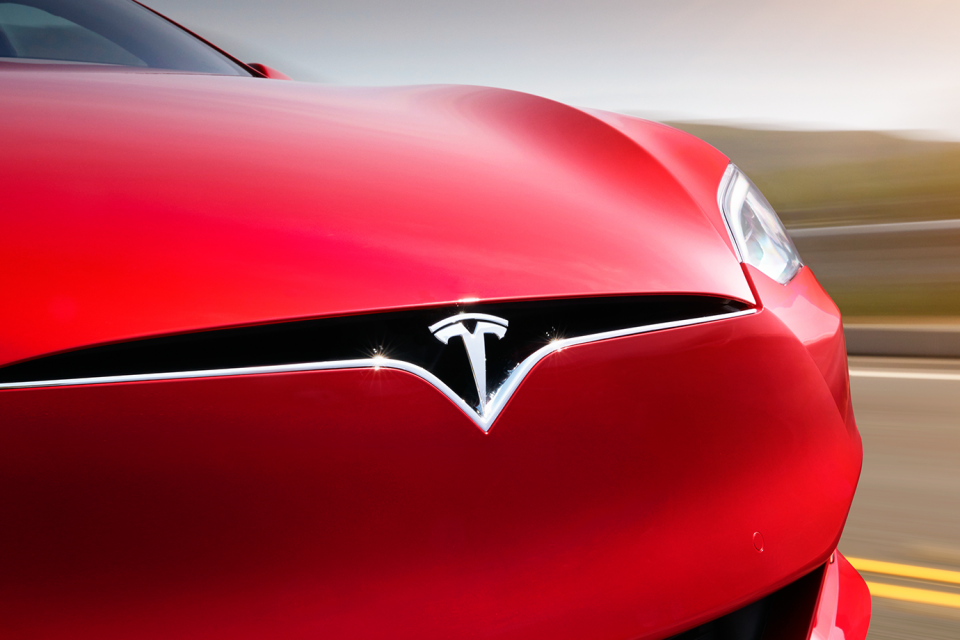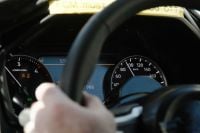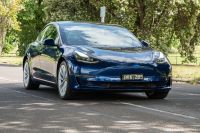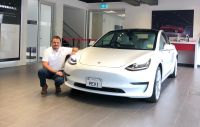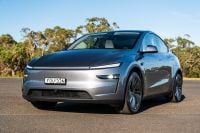
News Editor
Tesla is letting owners be beta testers for its new Full Self Driving feature.
US owners who spend the US$8000 (A$11,213), rising to US$10,000 next Thursday, will have access to a feature that promises entirely hands-free driving.
Tesla is limiting the option to a small group of owners at first, and footage shared on the internet reveals vehicles stopping at traffic lights, crossing junctions and navigating roundabouts, among other simple actions that usually require human intervention.
CEO Elon Musk has called the initial rollout “extremely slow and cautious”, with a wider release planned for later in the year.
“Autopilot and Full Self-Driving Capability are intended for use with a fully attentive driver, who has their hands on the wheel and is prepared to take over at any moment. While these features are designed to become more capable over time, the currently enabled features do not make the vehicle autonomous,” says Tesla on its website.
“The future use of these features without supervision is dependent on achieving reliability far in excess of human drivers as demonstrated by billions of miles of experience, as well as regulatory approval, which may take longer in some jurisdictions.”
The Associated Press reports Musk told analysts in a conference call this week that more drivers would be added to the beta this weekend and referred to having a million vehicles “providing feedback”.
The National Highway Traffic Safety Administration (NHTSA), a US regulatory body, said it’s monitoring the beta cars closely “and will not hesitate to take action to protect the public against unreasonable risks to safety.”
It also said this is an expansion of Tesla’s driver assistance software, still requires human supervision, and that no vehicle on sale today is capable of driving itself.
Tesla isn’t just rolling out autonomous vehicle technology to private owners, with Musk saying this week the company will focus on setting up a robotaxi system where one person could manage a fleet of 10 self-driving cars.
Many companies are interested in developing such a system given the potential cost savings involved over time, with robotaxis not requiring a driver.
That’s especially true in Tesla’s home state of California, where companies like Uber and Lyft have been spending millions to boost a ballot measure that would overrule a recent state law making rideshare drivers employees and not contractors.
According to The Associated Press, only five companies, including Google’s Waymo and General Motors’ Cruise, have permits for fully self-driving vehicles in Tesla’s home state of California, though 60 have a permit for autonomous vehicles with human supervisors behind the wheel.
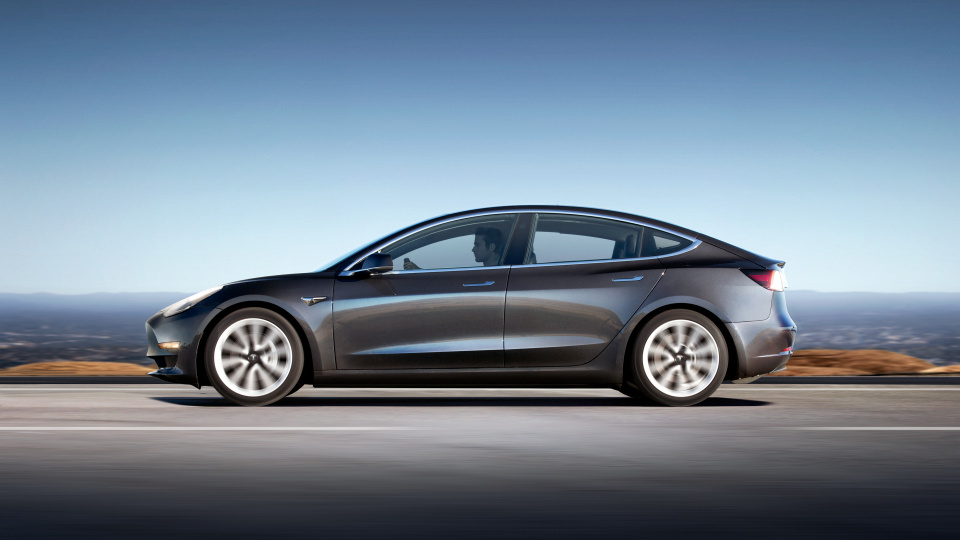
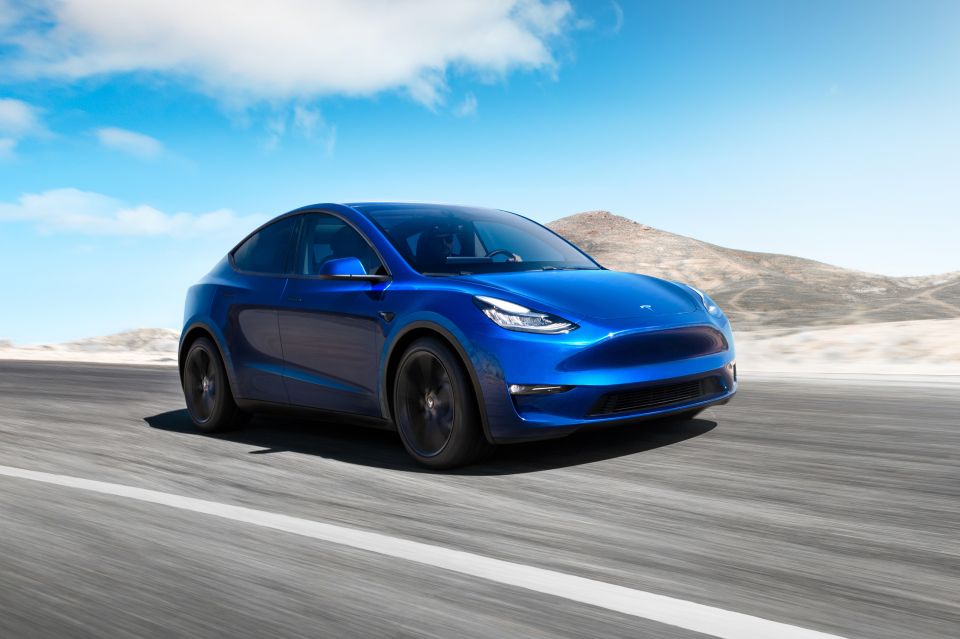
The controversy over Tesla’s Full Self Driving wouldn’t be the first time the name of one of the company’s features has come under fire.
A German court ruled in July the American firm was no longer able to use the term Autopilot as it incorrectly suggested the car was fully autonomous.
Trusted Reviews, Smarter Choices, Better Prices
Where expert car reviews meet expert car buying – CarExpert gives you trusted advice, personalised service and real savings on your next new car.
William Stopford is an automotive journalist based in Brisbane, Australia. William is a Business/Journalism graduate from the Queensland University of Technology who loves to travel, briefly lived in the US, and has a particular interest in the American car industry.
You might also like


James Wong
2026 Audi Q5 review: Quick drive
6 Days Ago


James Wong
2026 Audi SQ5 review: Quick drive
5 Days Ago


Max Davies
2026 GWM Cannon Ultra review
4 Days Ago


Josh Nevett
2026 Skoda Elroq review
2 Days Ago


Max Davies
2026 Ram 1500 Rebel review
2 Days Ago
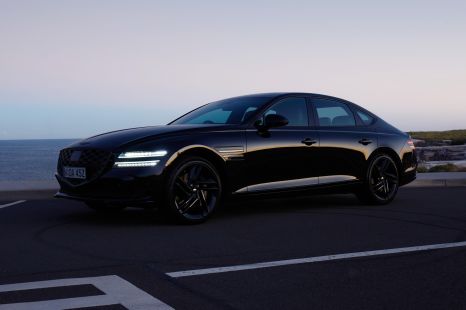

William Stopford
2026 Genesis G80 price and specs: 5 Series rival gets stealthy new Black edition
1 Day Ago
